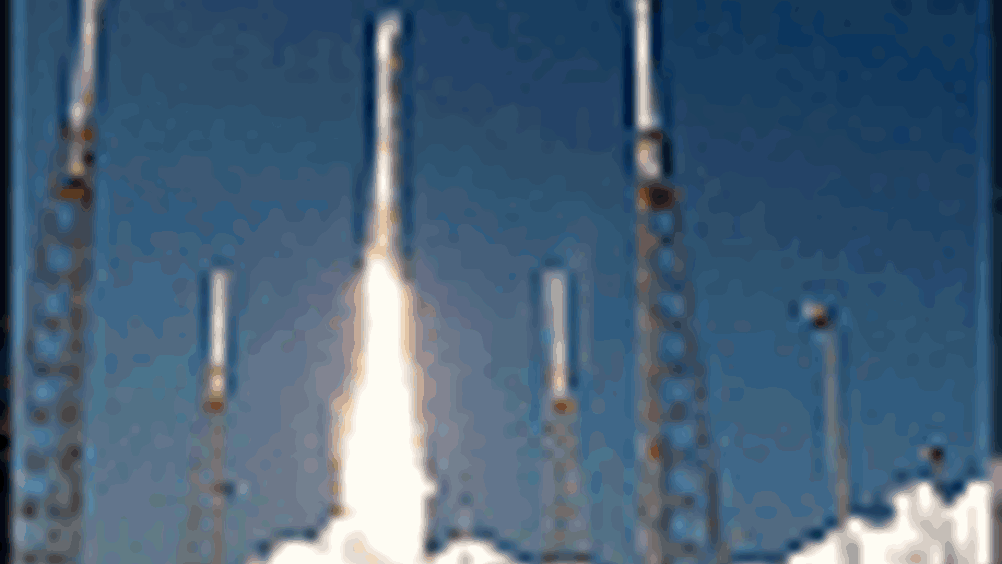Lockheed rockets NASA to moon
Lockheed Martin is playing a part in NASA’s plan to return humans to the surface of the moon by providing its Atlas V rocket to launch the Lunar Reconnaissance Orbiter mission.

is playing a part in
’s plan to return humans to the surface of the moon by providing its Atlas V rocket to launch the Lunar Reconnaissance Orbiter (LRO) mission.
The mission will be launched from
Atlas will launch LRO in the autumn of 2008, along with a secondary payload called the Lunar CRater Observation and Sensing Satellite (LCROSS). Following delivery of LRO to its required lunar transfer orbit, the Centaur upper stage will perform a series of manoeuvres to place LCROSS into a separate trajectory that will result in lunar impact.
Register now to continue reading
Thanks for visiting The Engineer. You’ve now reached your monthly limit of news stories. Register for free to unlock unlimited access to all of our news coverage, as well as premium content including opinion, in-depth features and special reports.
Benefits of registering
-
In-depth insights and coverage of key emerging trends
-
Unrestricted access to special reports throughout the year
-
Daily technology news delivered straight to your inbox










Water Sector Talent Exodus Could Cripple The Sector
Maybe if things are essential for the running of a country and we want to pay a fair price we should be running these utilities on a not for profit...